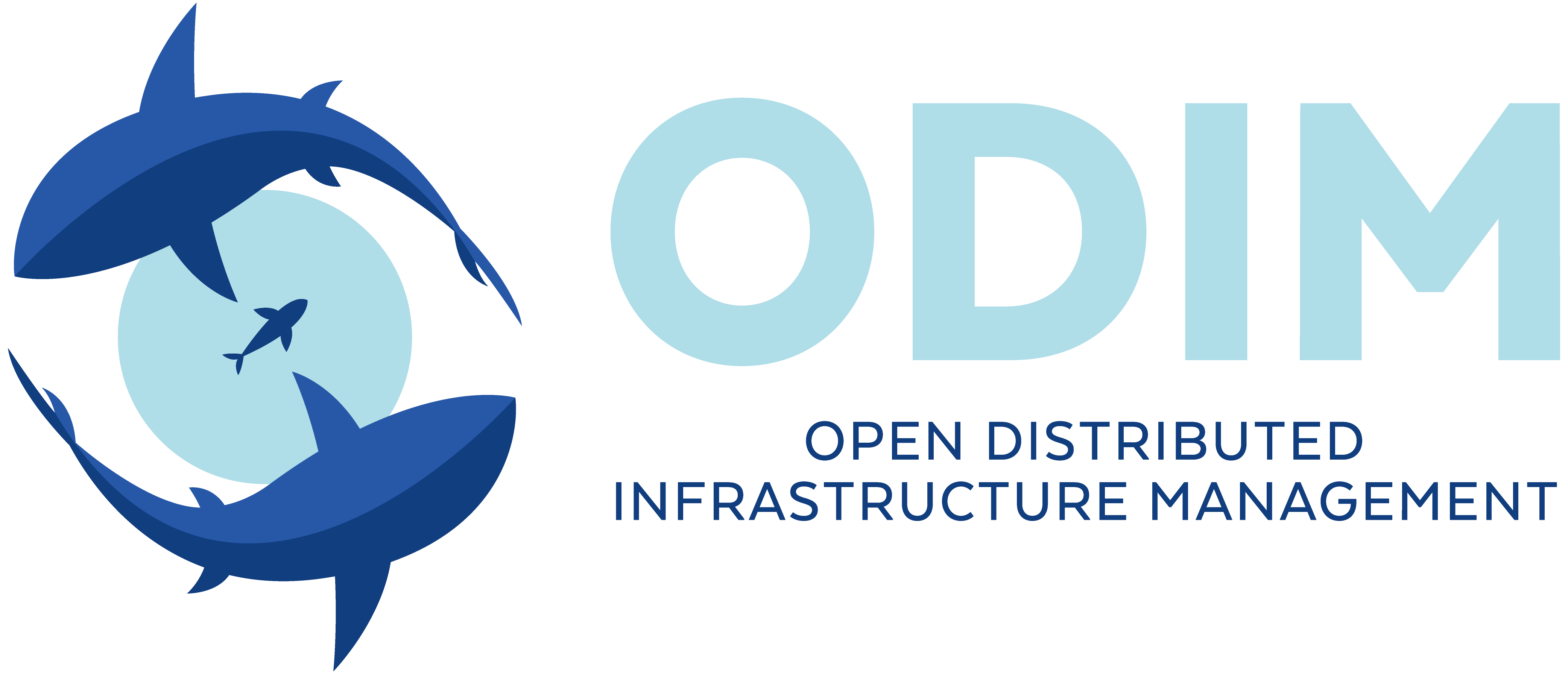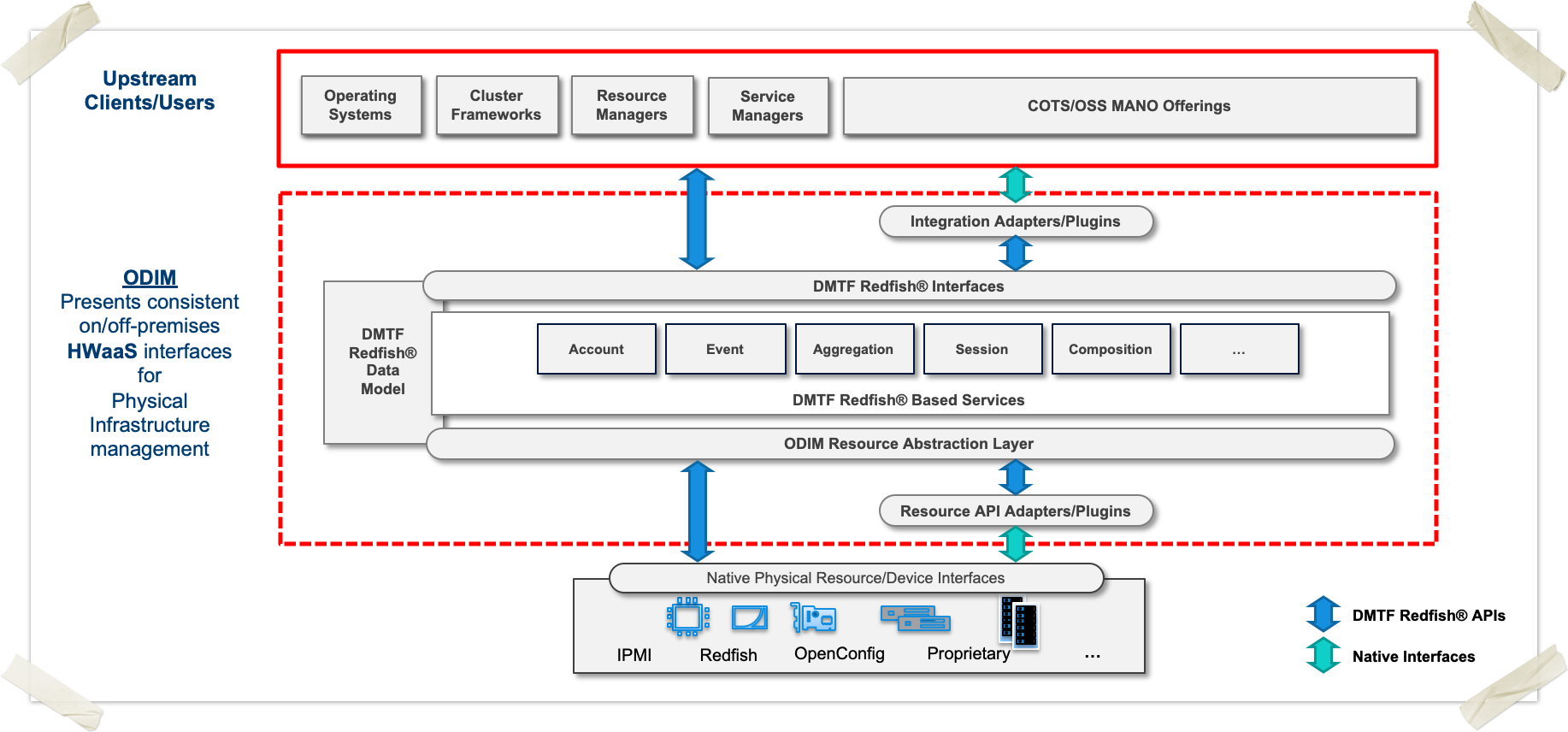 Image Removed
Image Removed | This wiki is for developers of ODIM, an open source software platform that delivers means of distributed physical infrastructure lifecycle management, across telecom and enterprise edge-to-core |
|---|
deployments, | infrastructure deployments and based on the industry standard DMTF Redfish |
|---|
APIs and information model specifications. Latest Release
Release Notes
Use Cases
Architecture
Proposed Projects
Approved Projects
Upcoming Events
Recent Events
| API and Model specification. (CLICK ON THE PROJECT LOGO TO THE LEFT TO BE TAKEN TO THE OFFICIAL ODIM COMMUNITY PAGE) |
|---|
LATEST NEWS...
| Expand |
|---|
| title | ODIM seed code released on https://github.com/ODIM-Project/ODIM |
|---|
|
|
| Children Display |
|---|
| style | h6 |
|---|
| page | Latest Release |
|---|
| sort | title |
|---|
| reverse | true |
|---|
|
Getting Started with ODIM
| Children Display |
|---|
| style | h6 |
|---|
| page | Documenting ODIM Development |
|---|
|
Getting Started with ODIM
Governanceh2ODIM | Technical Steering Committee | | sort | title |
|---|
|
Developing ONAP | Contributing to the Wiki
| Children Display |
|---|
| page | Open Distributed Infrastructure Management (ODIM) |
|---|
|
 Image Removed
Image Removed
ODIM
Open Distributed Infrastructure Management, ODIM, is a stack based on DTMF Redfish Services and Model. It puts up Redfish compliant APIs on the northbound side that allows for clients to interact with these Services and data center resources managed by ODIM.
ODIM does basically 3 things:
- Abstraction/Translation – Clients don’t see differences in vendors’ Redfish implementation or management protocols
- Aggregation – ODIM aggregates all resources across the datacenter. No knowledge of IP addresses or credentials needed
- Proxy – Clients don’t need to be on the management network. Enables centralized functions
The way we deal with 1) above is through an abstraction layer (or a plugin layer if you will). This layer absorbs the differences between different vendors' Redfish implementation as well allows for communicating with resources that don't speak Redfish at all. Aggregation happens through the Redfish Aggregation Service and takes away the need for clients to know what resources is in the data center. A client can simply query ODIM and get collections of different resources.


